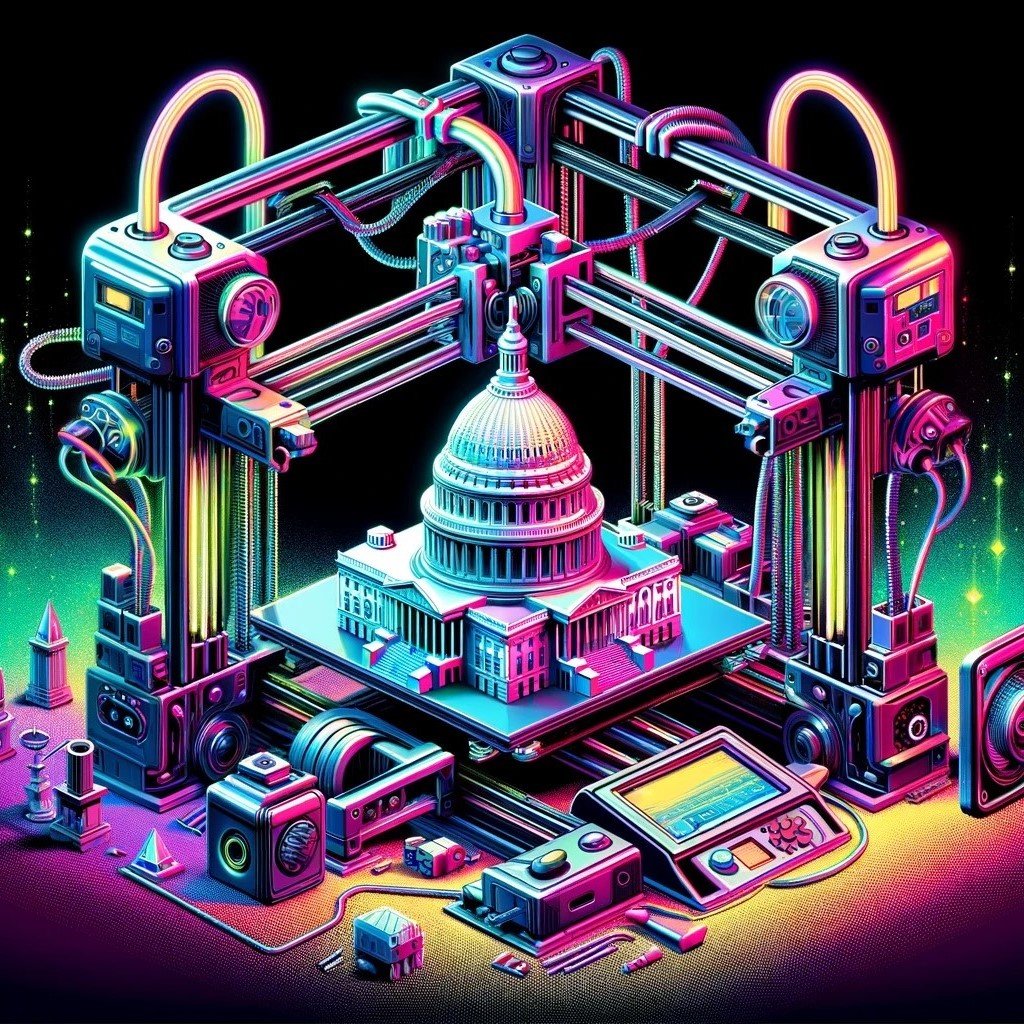House websites are meeting accessibility standards for the first time.
Why This Matters
Federal government websites are required to follow best practices to ensure their accessibility for individuals with disabilities. However, until the 2020s, Congress fell woefully behind in keeping itself accountable to the same requirements. As constituents continue to engage with their Members of Congress in progressively modern ways, websites have become a standard resource through which individuals of all ages and abilities can access information about their elected officials, the role they are playing in representing them, and how to get help if needed. By not having accessible websites, Congress is failing to ensure that the information it makes available publicly is attainable by all who try to access it.
How It Happened
Due to the initiative of Members and staff, CAO made website accessibility a priority since 2020, resulting in improvements including implementing best practices such as standardizing image captioning and employing website layout designs that enable individuals to click across content for it to be audibly relayed. Ongoing discussions during the 116th session resulted in recommendation #27 by ModCom, which charged the CAO with reporting on accessibility compliance figures and remediation steps taken across all House websites. This recommendation was completed after H.Res. 756 passed the House in March 2020.
Much of this work continued in the 117th Congress upon discussions and research undertaken by ModCom, including a hearing titled “Making the House More Accessibility to the Disability Community” in May 2021. Rep. Jim Langevin [D, RI], the first quadriplegic Member of Congress and co-chair of the Bipartisan Disability Caucus, testified before ModCom to emphasize the importance of improving physical access, communication methods, and staff training to ensure accessibility is integrated into the core of Congressional operations, making it a standard practice rather than an afterthought. This critical hearing and ongoing discussions resulted in recommendation #117 to have the House promote awareness of accessibility requirements for Member and committee websites and provide training and tools for staff to help them properly maintain and update those sites.
The Impact
Constituents continue to engage with their Members of Congress in new ways through technology, and greater accessibility to public information has been made possible through the development and standardization of tools to help individuals with a wide array of capabilities access information online. By meeting the accessibility standards it had created for the rest of the federal government, Congress is prioritizing efforts to make sure that all constituents can find information about their elected officials, their actions, and resources they offer. It's one more way that Congress can build trust and increase its transparency to all Americans.
Next Steps
The House’s efforts to adopt best practices and meet commonly accepted standards are laudable, but further improvements should be championed, including:
classes taught by the Congressional Staff Academy to train communications staff in how best to caption photos or videos and how to improve accessibility of their Members’ social media accounts
the continued pursuit of technology solutions to allow for real-time transcriptions and closed captioning of Congressional hearings, a service the House and Senate have yet to make a reality for their hearing disabled constituents across the country
Glossary
ADA = Americans with Disabilities Act
AOC = Architect of the Capitol
CHA = Committee on House Administration
CAO = House Chief Administrative Officer
CDTF = Congressional Data Task Force
COLA = Cost-of-Living Adjustment
CPF = Community Project Funding
CR = Continuing Resolution
GAO = Government Accountability Office
GAO STAA = The Government Accountability Office’s Science, Technology Assessment, and Analytics team
GenAI = Generative Artificial Intelligence
HIRO = House Intern Resource Office
HDS = House Digital Service
LIS = Legislative Information Service
LLM = Large Language Model
MIA = Modernization Initiatives Account
ModCom = The House Select Committee on the Modernization of Congress
ModSub = Subcommittee on Modernization (ModSub) within the Committee on House Administration
MOU = Memorandum of Understanding
NMO = New Member Orientation
OCWR = Office of Congressional Workplace Rights

